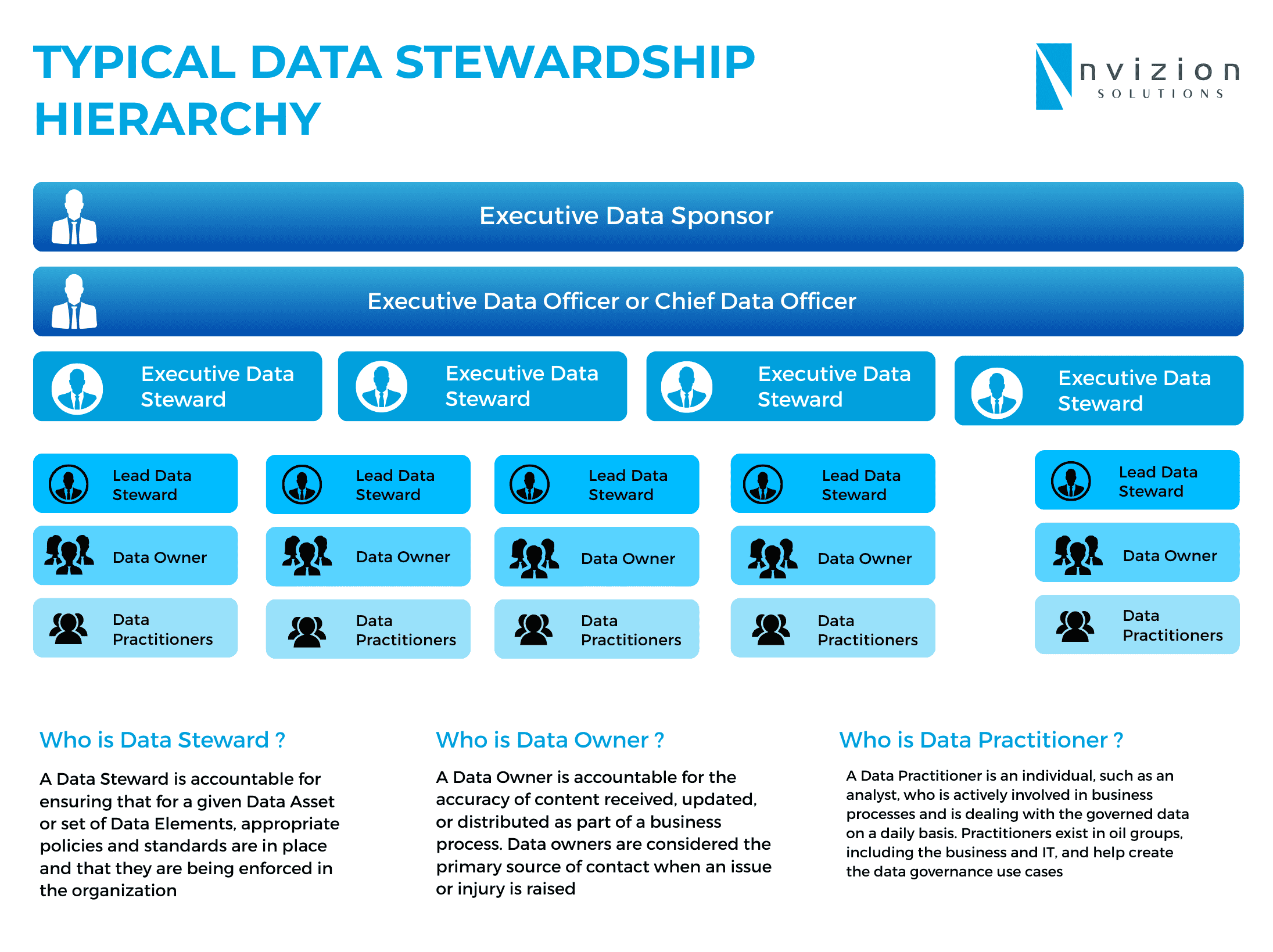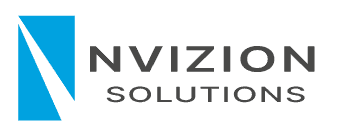Data Stewardship Hierarchy Explained: A Practical Guide to Key Roles

Managing data is a complex task that goes beyond tools and technology. It requires people who clearly understand their responsibilities. Without this clarity, mistakes occur, data gets lost, and no one knows who should solve the problems.
Why Clear Roles Matter in Data Stewardship
Clear roles in data stewardship ensure accountability, consistency, and trust in how data is managed and used. Without defined responsibilities, data becomes chaotic and unreliable. A solid hierarchy turns data into a true business asset.
That’s why data stewardship is built around a clear hierarchy of roles. Let’s break it down and see what each role means and why it matters.
Executive Data Sponsor
At the very top, there’s the Executive Data Sponsor.
This is usually someone in senior leadership. They don’thandle the data day-to-day. Instead, they make sure data stewardship hassupport from the top. They help secure budget, resources, and attention fordata projects. Without them, it’s hard to get anything done at scale.
Executive Data Officer or Chief Data Officer
Next is the Executive Data Officer or Chief Data Officer(CDO).
This person leads the entire data governance program. They connect business goals to data strategy. They make decisions about how data should be managed, protected, and used across the company.
They work closely with all the teams and their job is part technical, part business, and part leadership.
Executive Data Stewards
Under the CDO are the Executive Data Stewards.
They oversee large areas of data for example, all customer data, or allfinancial data. They make sure rules and standards are applied the same wayacross the business.
They’re responsible for making sure the company is followinglaws, protecting sensitive data, and using data consistently. They help avoidsilos, where each department does its own thing and data becomes disconnected.
Lead Data Stewards
Beneath the Executive Data Stewards sit the Lead DataStewards.
These people focus on specific data sets or subject areas.For instance, one might oversee sales data, while another manages product data.
Their main job is to keep data accurate and consistent. Theydefine rules about how data should be collected, named, formatted, and shared.They also help solve data quality problems when they pop up.
Lead Data Stewards are the link between higher-levelpolicies and the people working directly with data every day.
Data Owners
Data Owners are crucial.
They are accountable for the quality and accuracy of thedata in their area. For example, if a report has bad numbers, the Data Owner isthe person people go to for answers.
They decide who should have access to data and how it shouldbe shared. They’re the “go-to” people when there’s confusion about what datameans or how it’s used.
In short, Data Owners make sure data stays trustworthy andsafe.
Data Practitioners
At the base of the hierarchy are the Data Practitioners.
These are the analysts, engineers, developers, and otherteam members who work hands-on with data every day. They build reports, analyzetrends, write code, and handle the technical details that keep data flowing.
Data Practitioners turn raw data into something useful. Theyalso help make sure data is handled according to the rules set by Data Stewardsand Data Owners.
Why This Hierarchy Matters
A clear hierarchy like this solves a lot of common data problems. Here’s why it’s so important:
- Clear ownership: When something goes wrong, you know exactly who to call. There’s no guessing or finger-pointing.
- Consistency: Everyone follows the same rules, so data looks and behaves the same across systems and departments.
- Better decisions: Clean, well-managed data leads to better business decisions. People trust the numbers they’re seeing.
- Compliance and security: Laws like GDPR or HIPAA require strict data controls. A clear hierarchy helps make sure your business follows those laws.
- Efficiency: People don’t waste time hunting for data or fixing the same problems over and over.
Without roles and structure, data governance becomes chaos. Policies get ignored, and data becomes unreliable.
Keep It Practical
It’s tempting to create fancy org charts and piles of documentation. But good data stewardship isn’t about paperwork. It’s about making sure the right people know their jobs and can work together.
Even small organizations can use this structure in a simpler form. You might not have an Executive Data Steward or even a CDO yet. But you still need someone who owns data, someone who defines rules, and someone who works hands-on with it.
Start small if you need to. Assign clear roles for your most important data sets. Write down who’s responsible for what. Grow your program from there.
Data stewardship is about trust and clarity. The hierarchy shown by Nvizion Solutions gives a clear blueprint for how to build that trust.
When everyone knows their part from the Executive DataSponsor down to the Data Practitioners - data becomes a powerful asset insteadof a source of confusion.
Building this structure takes time and effort. But it pays off with fewer errors, stronger security, and better business decisions. That’s what good data stewardship is all about.
At Nvizion, we help businesses set up clear data roles and strong stewardship programs. We guide in defining responsibilities, building processes, and choosing the right tools. Our goal is to make your data trustworthy, secure, and ready to drive business success. With Nvizion, your data becomes an asset you can rely on.
Faq
Insights
Looking for resources, tools, tips and industry news? Stay ahead of the curve with quick access to thought leadership and expert insights on digital transformation.
